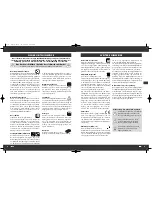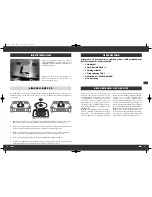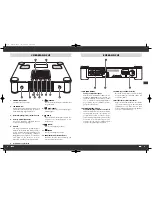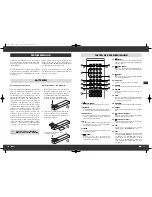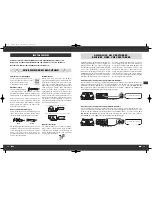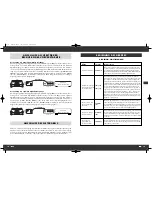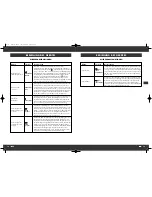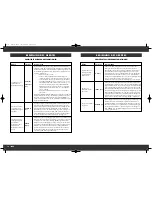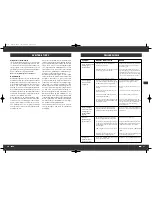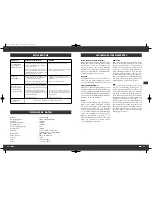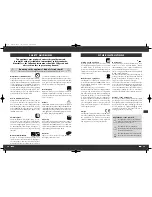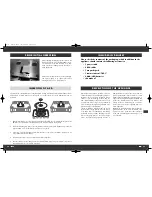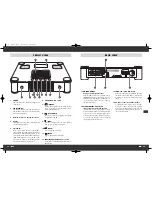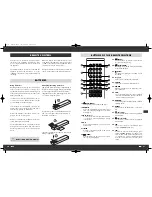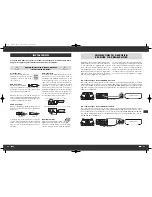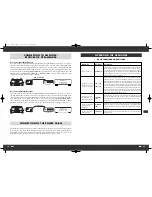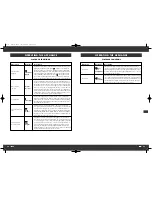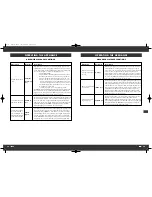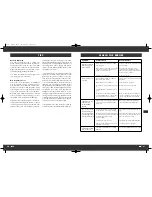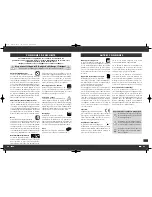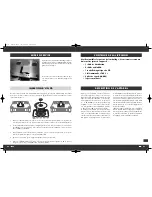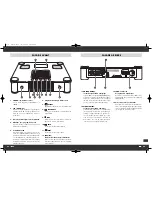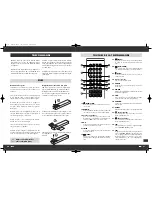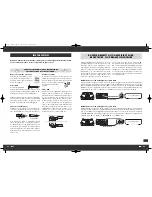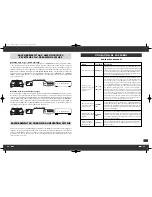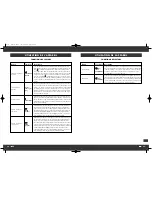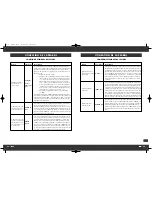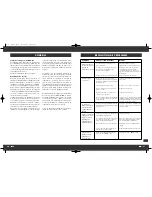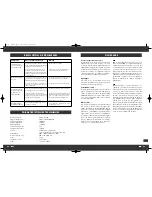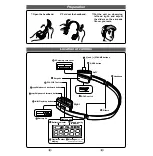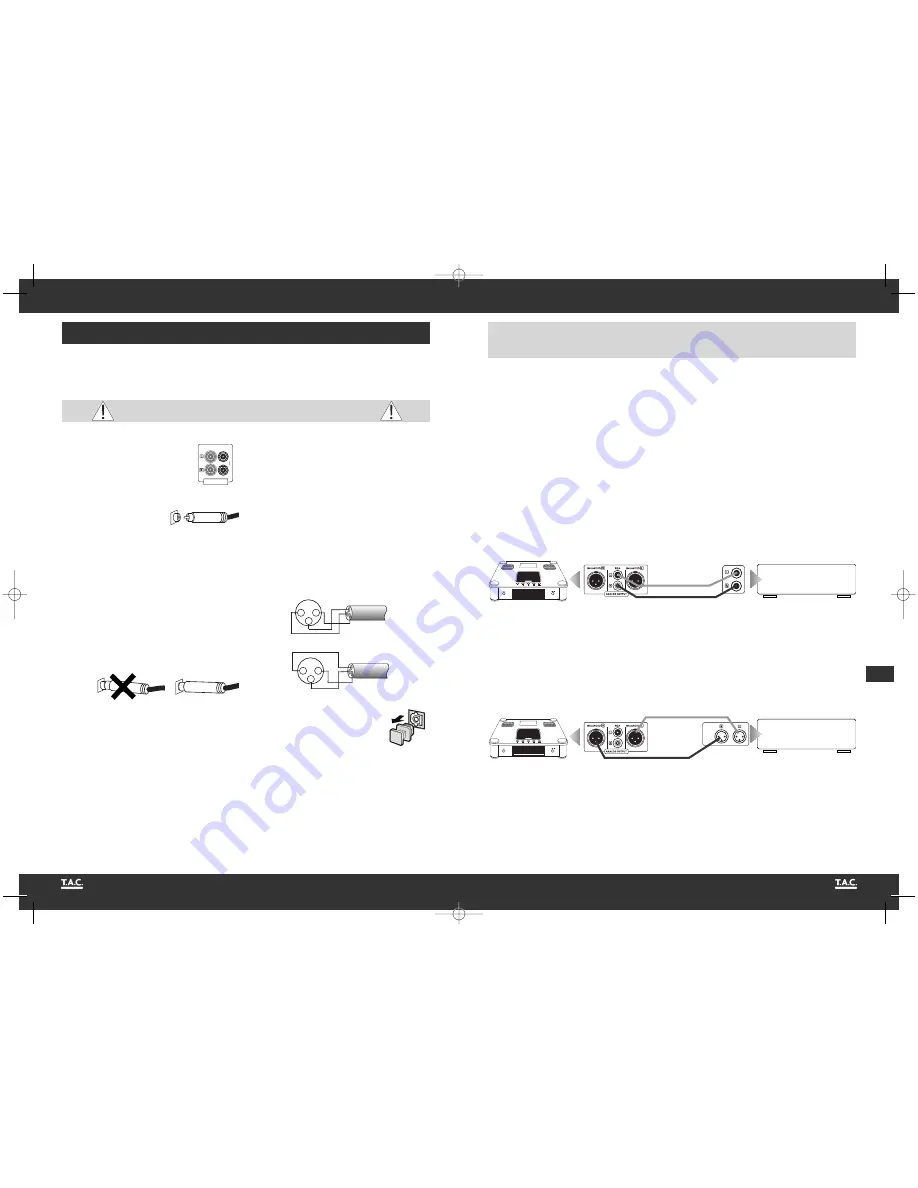
32
33
tube·amp·company
tube·amp·company
INSTALLATION
Set up the cable links in a sequence as follows. Connect the power cable between device
and power supply only after all other connections have been made.
Protective caps
Prior to the first installation the pro-
tective plastic caps must be removed
from all the connections used at the
rear of the unit.
RCA connections
Mechanically identical RCA
plugs are available for analogue and digital out-
puts. Make sure that you do not get these connec-
tions confused during installation!
Make sure that you do not mix up the analogue con-
nectors for right and left. The RCA plugs for these are
mostly colour coded as follows: red for the right chan-
nel, black or white for the left channel.
Cable connections
Make sure that all plugs fit tightly. Inadequate con-
nections can cause noise interference, failures and
malfunctions.
To make the most of the components’ sound poten-
tial, only high quality loudspeakers and connecting
cables, for example Vincent cables, should be
used. Your local stockist will be glad to advise you
about this.
1
2
O U
O U T P U T
- wrong -
- correct -
DURING INSTALLATION PLEASE OBSERVE
THE FOLLOWING ADVICE:
1. USA System (Pin 2 = COLD, Pin 3 = HOT)
2
1
3
HOT
GND
COLD
2. Europäisches System (Pin 2 = HOT, Pin 3 = COLD)
2
1
3
HOT
GND
COLD
US System
European System
XLR connections
Note that European and US XLR signal use is diffe-
rent. This device uses the European system in
accordance with Standard AES14-1992 of the
Audio Engineering Society. The structure of the
cable is in any event the same. Provided both con-
nected devices meet the same standard, the signal
connection is correct. This is always the case if
both were manufactured by T.A.C. If two devices
with different standards are connected, the signal
will then be inverted. In this case the signal use on
one side of the connection must be changed. Your
specialist dealer will assist you with this.
Optical Connection
The dust cap protecting the optical
digital input should only be removed
if a cable is inserted. After a connection is remo-
ved from this input, the cap should be replaced.
C-60
CONNECTION TO AMPLIFIER,
RECEIVER OR PREAMPLIFIER
The C-60 has two analogue signal outputs and two
digital output connections on the back of the devi-
ce. The signal from the integrated D/A converter
can be input to a traditional analogue audio com-
ponent (amplifier) via the analogue outputs (13).
On the digital outputs (14) there is a digital output
audio signal which can be processed by external
D/A converters or digital processors. Only one of
Amplifier, Receiver
LINE IN
CD
Use of the analogue output with XLR connector
This is where the stereo audio signal converted to analogue by the high quality integrated D/A converter
and amplified by the internal tube stage is output symmetrically. Two XLR cables are required for connec-
tion to an amplifier. Connect the XLR connectors “L” and “R” in the field “ANALOG OUTPUT BALANCED”
(13) with the left and right connectors of the XLR amplifier input which is usually labelled “CD,” “XLR IN,”
“BALANCED IN” or “FRONT R/L”.
Amplifier, Receiver
CD
Use of the analogue output with RCA connectors
This is where the stereo audio signal converted to analogue by the high quality integrated D/A converter
and amplified by the internal tube stage is output. An RCA cable is required for connection to an ampli-
fier. Connect the RCA connectors “L” and “R” in the field “ANALOG OUTPUT RCA” (13) with the left and
right audio connectors of the amplifier input (standard high level input) which is usually labelled “CD,”
“LINE IN” or “FRONT R/L”.
the four outputs needs to be connected to play CDs.
Select the appropriate connection between the CD
player and your amplifier, preamplifier, receiver or
converter. Bear in mind when doing this that the
special sound qualities of the player's tube ampli-
fier stage will only be exploited if one of the analo-
gue outputs (13) is used to output the music signal.
RCA connection
XLR connection
C-60
BALANCED IN
C-60 24.04.2009 16:53 Uhr Seite 32

